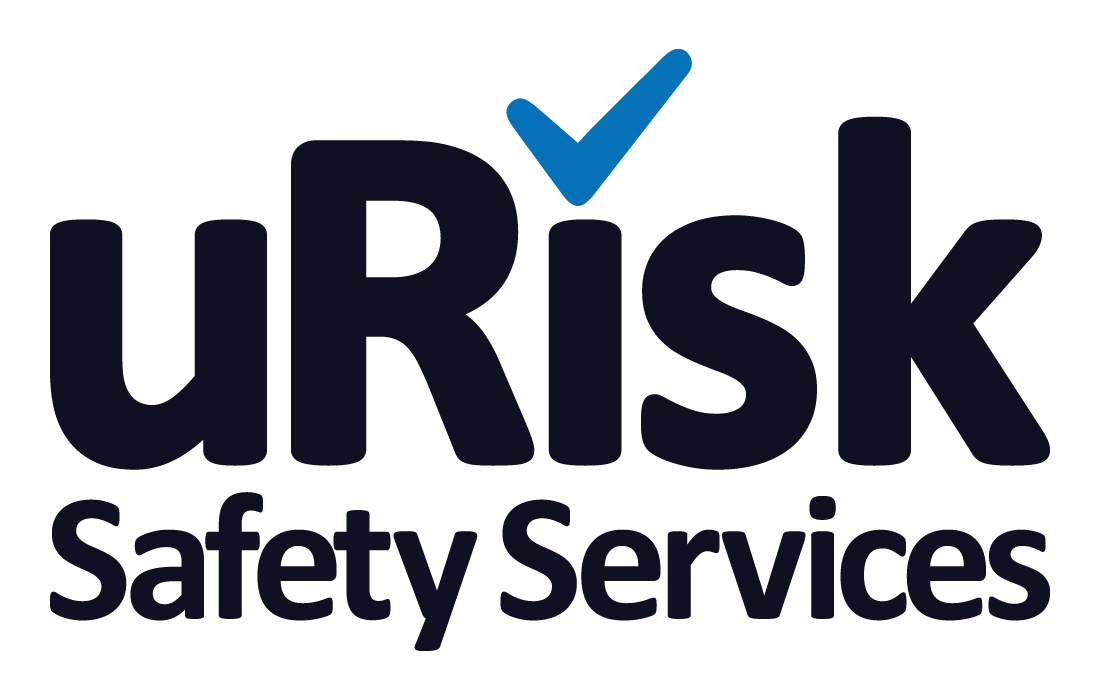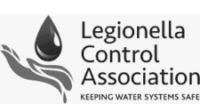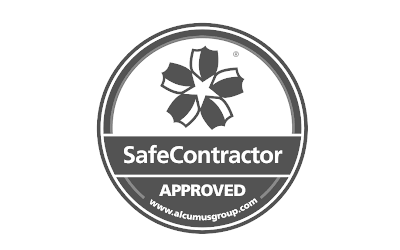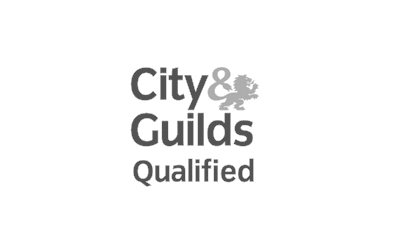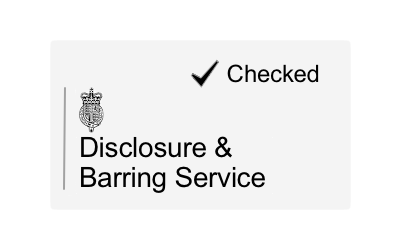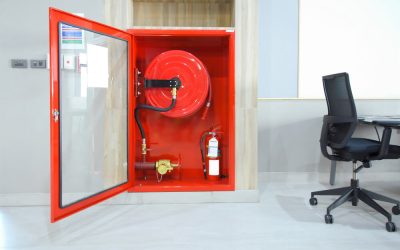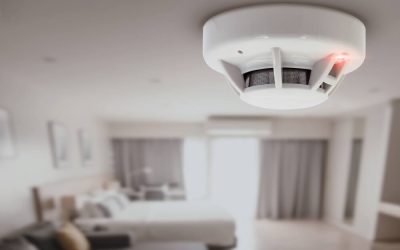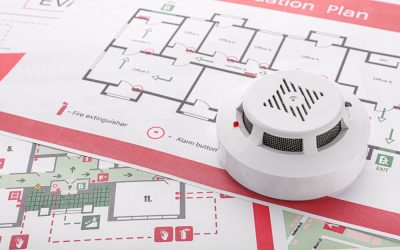How often should a TMV be serviced? The Official Recommendations.
A thermostatic mixing valve (TMV) is a device that ensures the water temperature is always at a safe and comfortable level which prevents people from scalding themselves. Hot and cold water passes through the valve on its way to the tap, ensuring it is at a safe temperature by the time it reaches the water outlet.
Hot water needs to be kept at a temperature of 60oC in order to prevent bacteria such as legionella from breeding. As water at such a high temperature will scald the skin, it is necessary to cool it for safe use. This is especially important when it comes to accessible bathrooms, as some users wouldn’t be able to move away from the water quickly enough to prevent scalding, and others may have conditions where they cannot physically feel any temperature changes.
Mostly, TMVs are needed for baths and showers, but in situations where users are particularly vulnerable, for safety, they should also be installed for sinks.
When it reaches the outlet, water through a TMV needs to be at a temperature of 38-46oC. Unfortunately, while these temperatures are great for humans, they are also optimum temperatures in which the legionella bacteria will breed, meaning there is a greater risk of the bacteria developing in pipes between the valve and the taps. TMVs should therefore be positioned as close to the outlet as possible.
The Health & Safety Executive recommends that risk assessments should be taken to assess whether or not a TMV is needed – and that TMVs should be removed if they are not necessary. Valves need to undergo regular maintenance and be regularly cleaned, descaled and disinfected. The guidelines state: “The risk assessment should define the frequency of inspection and monitoring depending on the type of use and user and particularly where there are adjustments made by the assessor to take account of local needs.” And this needs to happen: “Annually or on a frequency defined by the risk assessment, taking account of any manufacturer’s recommendations”.
Maintenance
Maintenance is an important part of keeping TMVs safe, and the documented schedule determined by your risk assessment must be followed. Tasks include water softening to prevent heavy scale deposits, especially in hard water areas, as these can provide breeding grounds for bacteria. The build-up of heavy scale deposits can also affect the efficiency of the system.
Regular checks of pre-set and fail-safe TMVs need to be carried out, as well as regular flushing of showers and taps.
Outlets used less frequently need to be flushed for several minutes on a weekly basis. The process must be logged in order to ensure it is carried out regularly – any missed flushing’s could result in a potentially dangerous increase of bacteria. In premises with people who are at high risk, e.g. care homes, flushing may need to be done more frequently. This will be indicated by the risk assessment.
Legionella and Water Hygiene Blog Posts
Office Fire Risk Assessment
As you would expect, keeping your office safe from the risk of fire is a legal requirement under the Regulatory Reform (Fire Safety) Order 2005. If you are the owner or manager of a business, or landlord of an office building, it is your responsibility to ensure your...
Fire Risk Assessment For Flats
Your legal requirements as a landlord include taking precautions to keep your tenants safe, including when it comes to the risk of fire in flats. As part of the fire safety regulations, fire risk assessments for flats is therefore part of your legal obligation to...
Getting A Risk Assessment For Fire in the UK
As an employer, landlord or facilities manager, it is your legal responsibility to keep everyone who uses your premises safe. A fire risk assessment is an important part of this because it identifies what might cause a fire so you can take steps to prevent one, as...
